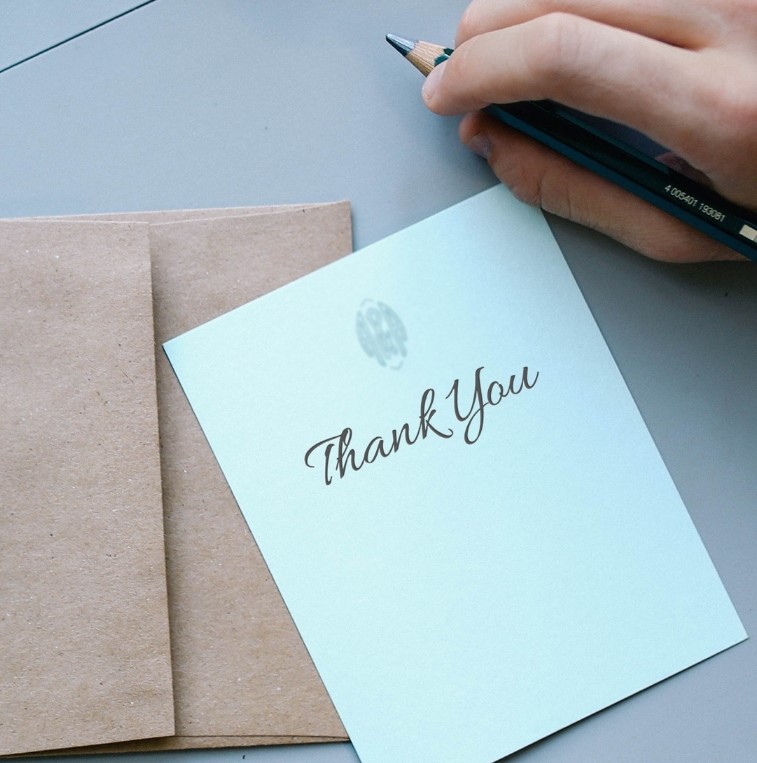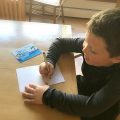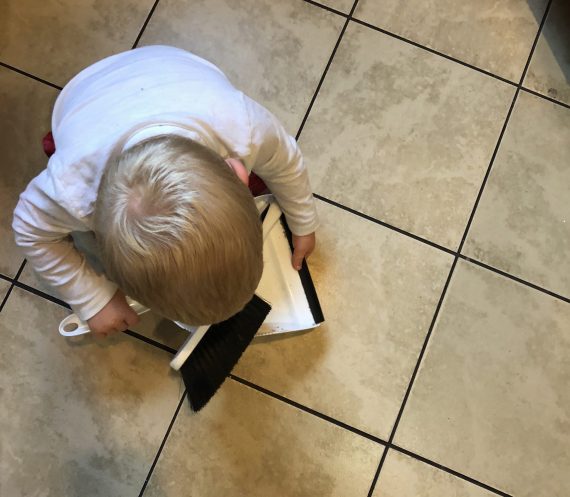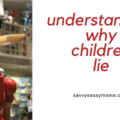Like many parents, you probably remind your children to say, “Thank you”. Growing up you may have even heard the phrase, “Mind your Ps and Qs.” This was a form of expression to remind you that you should be aware of your manners and language. However, thanking people is not only about having manners; it is also about being grateful. How does teaching kids to be thankful set the stage to healthier lives?

Power of positivity
Being thankful allows us to reflect on all the wonderful aspects of our lives. It also means appreciating all the little things life has to offer. Happier people tend to spend more time doing things that express their gratitude. Negative energy is draining and can cause unnecessary stress in one’s life. Teaching kids to be grateful not only helps them feel good, but it can also set the stage to help them manage challenging situations.
Being thankful is a process
Practicing gratitude doesn’t happen overnight, especially if your instant reaction is to be negative. It may take time to practice being thankful and having it be part of your regular routine. Learning to focus on the positive and “let the small things go” is a process.
Start early
We can begin to teach this to young children by pointing out a time that someone said “Thank you” to them and how that made them feel good inside. Positive actions equals positive feelings.

Be a role model
Being a role model means actively practicing gratitude with your words and actions. Try using the phrases “Thank you for… or “I appreciate it when…” to family members, friends, and others. Consider getting involved in a local charity or giving donations. These types of acts encourage your kids to be “givers.”
Less is more
We live in an age where our children have more than we ever did. As hard as it may be, learn to say “No.” Setting limits teaches kids to be thankful for what they have and that they can’t get everything they ask for, even if it is only a Dollar!
Make it personal
In a digital word we are tempted to frequently use technology to send a message. Though it is also kind to say “Thank-you” directly to someone, expressing our thoughts on paper can be just as appropriate. Consider personal handwritten thank-you notes for gifts. Children can also add a gratitude message to a birthday or other celebration card

More ways to be thankful
- Draw a picture or write a letter to someone (e.g., grandparent, teacher, friend) who makes you feel important
- Read books or watch videos on being thankful (Kid President’s 25 Reasons To Be Thankful!)
- Write daily in a journal
- Create a family gratitude book. When you are feeling down, this is a nice reminder of all the good things in your life.
- Children need reminders. Add, post it notes in lunch bags
- Make it a routine at a family meal to name what you are thankful for and why
- Make gratitude rocks with positive affirmation statements
- I’m sure you have heard of a vision board, but what about a gratitude board? Draw or cut out pictures of all the things you are currently thankful for.
Teaching kids to be thankful can be a very rewarding experience. It makes such a difference in their behavior and how they view their world. It fosters a growth mindset and a healthy emotional well-being.







